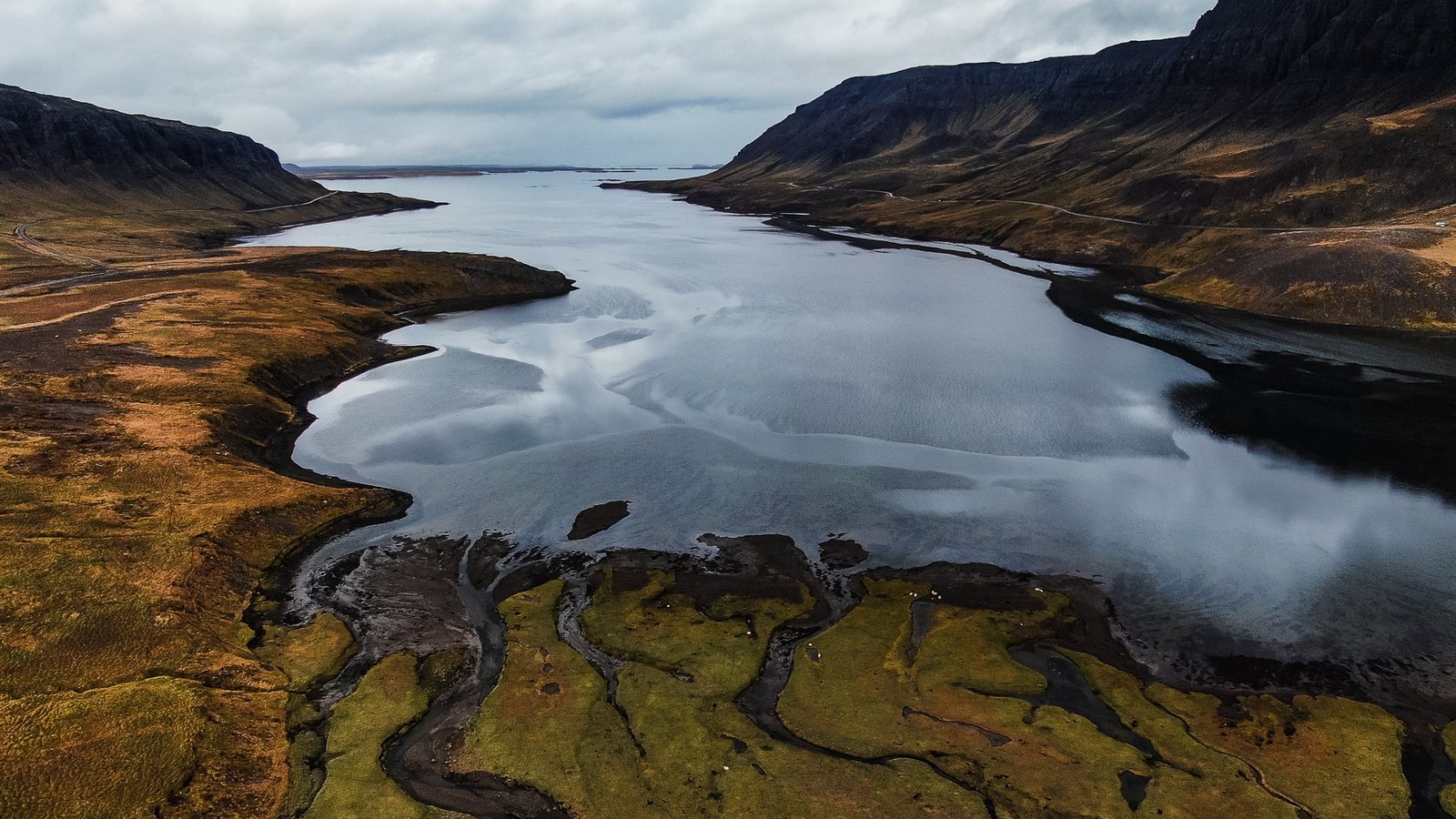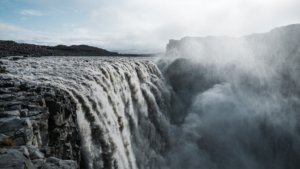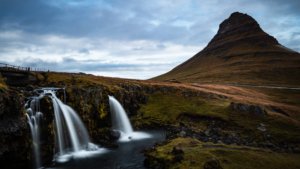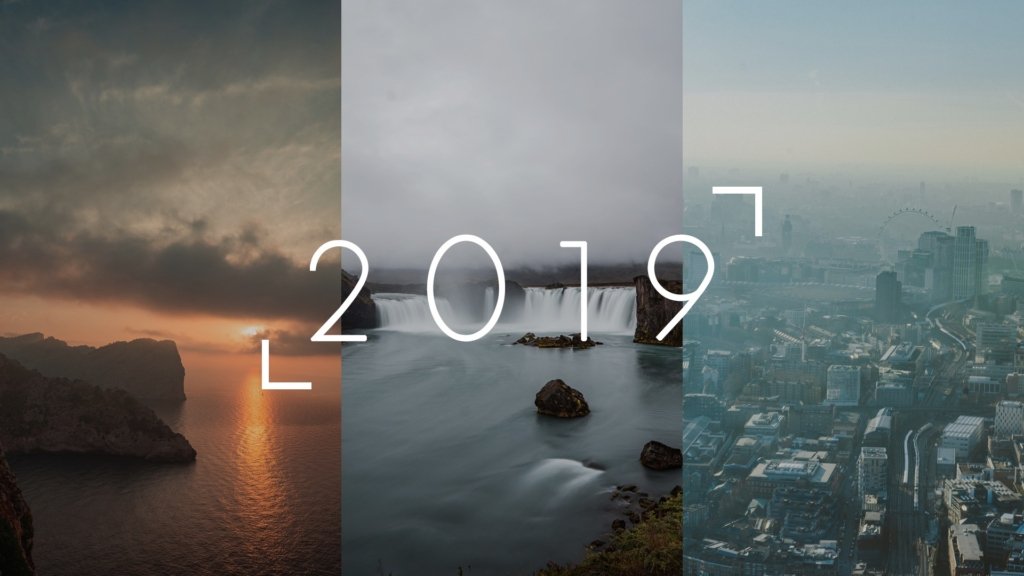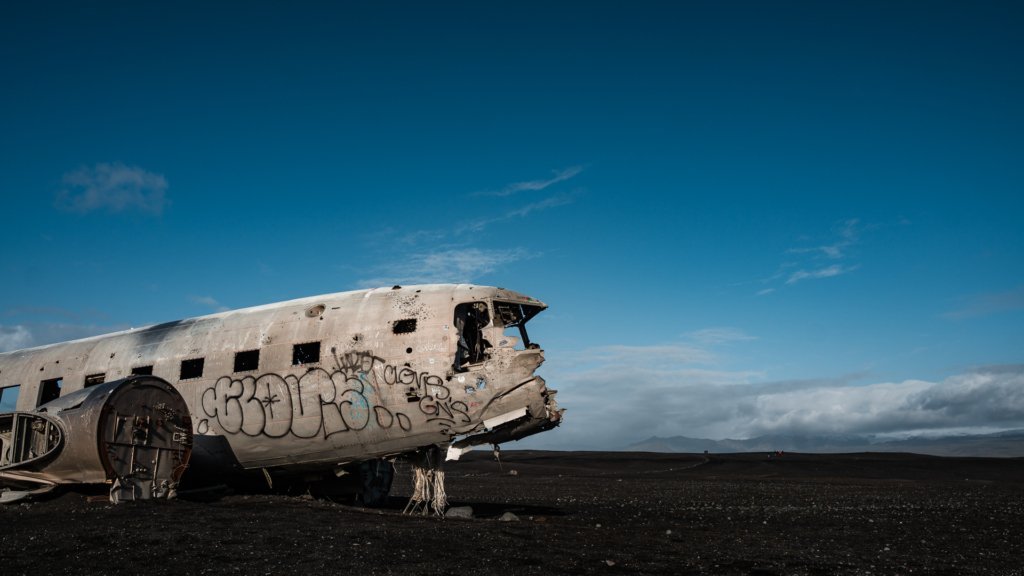If there is one country that guarantees to capture all the expectations and wishes of a traveller, it is Iceland. The small Nordic nation in the North Atlantic is completely isolated and yet richly visited every year by tourists who fall in love with the dramatic nature.
If you travel to Iceland, you will be confronted with more natural wonders than on any other island in the world. You will not only find volcanoes, lava fields, glaciers, geysers and waterfalls, but also elves, goblins and fairies. Icelandic culture is as fascinating as nature.
Here you will find 13 helpful tips before you begin your journey to Iceland.
Seasons
Let’s start with the basics.
High season: End of June to mid-August.
The days are long, the nights especially short. The prices rise, but also the so-called F-roads, which lead through the highlands, are open. A lot of tourists are on their way and it is best to plan the tours in advance in order to avoid unnecessary waiting times.
What one should absolutely know: The northern lights cannot be seen during this period, as it does not get sufficiently dark at night.
Low Season: Beginning of May to end of June/End of August to mid-October
In the low seasons, prices have dropped significantly, so that the money saved can be used to stay on site for one or two days longer. There are less tourist buses on the way, so that one has the possibility to shoot nice pictures without a big crowd. But the F-roads in the highlands are unfortunately closed at the times and the weather is unstable; it can get quite cold. In the months August to October the daylight duration decreases; in the middle of October, one can expect eleven to twelve hours of daylight.
What one should absolutely know: From September there is the chance to observe northern lights in the night sky!
Winter Season: End of October to end of April
The days around Christmas are the shortest; It’s approximately one should ride past on five daylight hours. During the months, nature offers a contrasting picture of clinking ice and snow next to hot lava and sulphur steam. Weather conditions can change within minutes and certain roads and sights are closed. But the chance to see northern lights is very high!
What one should absolutely know: In winter there is also the possibility to go skiing or snowboarding!
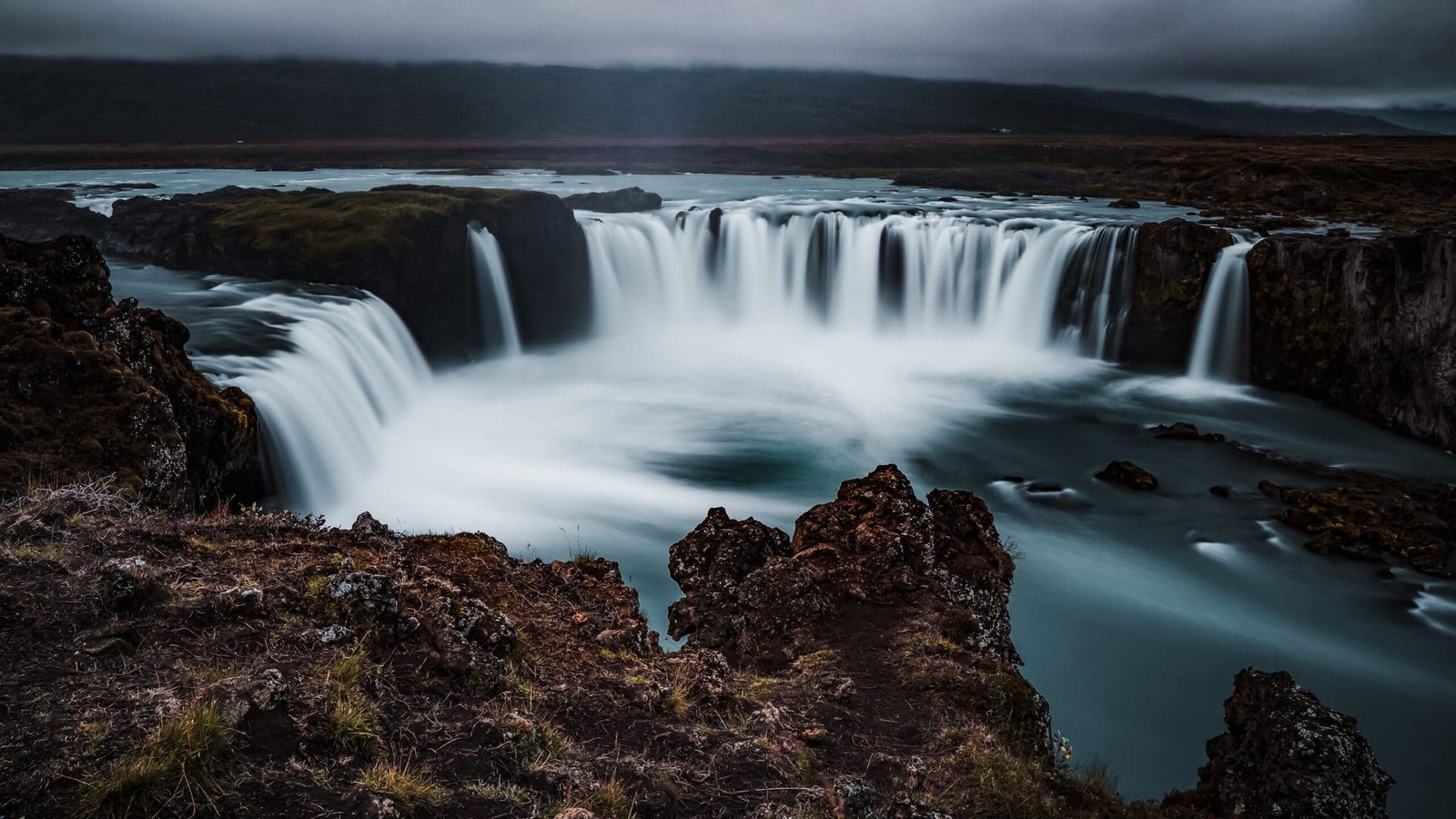
They do speak English
Don’t worry, English is also spoken in Iceland. We don’t know since when the rumours started, but for some reason everyone assumes that Icelandic is the only language spoken in Iceland. Well, now we’ll explain it to you! English is also taught at school in Iceland, so every Icelander can speak English in addition to his mother tongue.
Icelandic currency
The local currency is Icelandic kroner. Many tourists get a shock when they see the prices in the supermarket for the first time.
- 1€ is the equivalent of about 137 IK
- 1 AU$ is about 85 IK
- 1 US Dollar converted to about 125 IK
Prices in supermarkets or petrol stations are correspondingly high. A full tank can then cost almost IK 10,000.
The water smells nasty, but drink it!
Surprise! Water from the supermarket is incredibly expensive. Every visitor to the island state will quickly find out. But you can save this money very quickly by filling up the water from nature. The smell of sulphur doesn’t make it very pleasant, but surprisingly it is the cleanest water in the world; and it tastes good! The smell of rotten eggs comes from the fact that the water is warmed up by geothermal energy. Even if this explanation doesn’t make the smell any more pleasant, it will save you a lot of money.
The weather
One of the biggest dangers in Iceland is the weather. In summer there can also be heavy rainfalls or storms, which should not be underestimated. In winter, however, snowstorms can occur, which means that the roads can be closed for a short time. Be well-prepared for longer hikes, wear the famous “onion look” and have enough provisions with you. Good websites to check the weather or road conditions are these:
Support the whale watching industry
Whaling off Iceland has been resumed since 2003 and you can still find whales on menus in restaurants and supermarkets. Supporting the whale watching industry is the easiest way to fight whaling. The 24 partly endangered species are a real attraction and should be on the list during an island trip. Iceland is still one of the best countries to see whales in the wild; sometimes even blue whales. More profit from this industry can lead to the abolition of whaling once and for all.

Money, Money, Money
Iceland is a country of extremes; unfortunately, this also includes the local prices. We therefore recommend that you arrive with sufficient budget to enjoy your time to the full. In addition to some attractions and parking, you will always have to include food and fuel (if you are travelling by car). This will cost you a lot of money.
Drone laws
Iceland has many beautiful motifs to offer. But also here there are certain drone laws that have to be obeyed. Drones are allowed for recreational use without any further requirements, but they must be marked with address and telephone number. Insurance is not required in Iceland, but recommended. The maximum flight altitude is 120 meters in the controlled airspace. At all times the safety and privacy of the fellow human beings should be guaranteed. There is also a ban on most sights in Iceland, which should be respected. Due to the many violations, the drone law in Iceland has already been strengthened; unfair for those who suffer because foreigners do not respect the laws of another country.
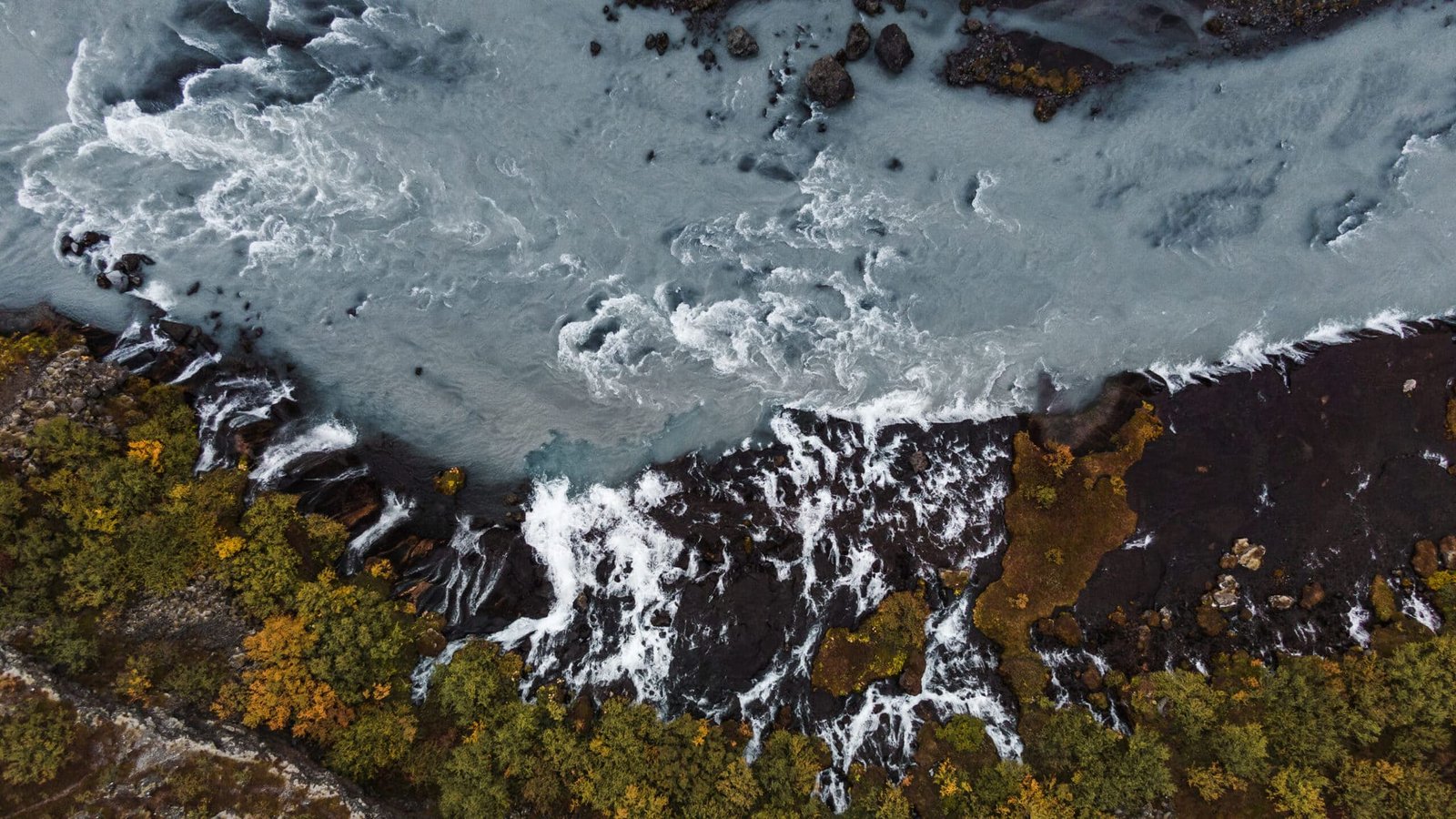
Stay safe!
Even though Iceland is really beautiful, it can also be very dangerous. There are many forces of nature that can quickly become fatal.
There are glaciers, huge waterfalls, active volcanoes and beaches with gigantic waves.
These natural spectacles are undoubtedly beautiful. But if you’re not careful enough, it can end very badly. Especially at the beaches, one is warned against the huge waves; swimming in the sea is often forbidden in Iceland. There were already too many fatalities that underestimated the masses of water and lost their lives.
Even in strong winds, you should not get too close to the cliffs before you know it is too late. So take note of the warnings and be careful!
Admire the night
Summer: In summer it is unfortunately not possible to see the northern lights, but there is still a reason to go outside at night. Most tourists are only on their way during the day and don’t get the idea to explore the nature at night. But as it is still bright in summer and at night, you have the chance to see the sights without having a crowd of tourists in front of you.
Winter: This is probably obvious: Northern lights! The chances of seeing northern lights in winter are very high. Nevertheless, there are always nights when they show up very weakly or not at all, but that shouldn’t demotivate you. Also, we had bad luck in the first night, but in the other one you could see the beautiful lights very well with the naked eye!

Credit cards
It doesn’t matter where you are, you can pay anywhere with your credit card. The car park, toilets, restaurants or souvenir shops; each time you have the possibility to pay with a credit card. You could even say that they are better seen than cash! Some tourists who have visited Iceland haven’t even seen Icelandic crowns!
Blue Lagoon
A very hotly discussed topic is the Blue Lagoon. The Blue Lagoon is a thermal outdoor pool near Reykjavík. The water in the thermal bath, which by the way has an area of about 5000 square meters, has a temperature of about 37 to 42 °C and contains mineral salts, silica and algae. To enter the lagoon, everyone has to take a shower; naked. However, this is nothing special in Iceland, as there are often only community showers and you have to perform this procedure at almost every thermal pool, as the Icelanders attach great importance to hygiene.
We decided not to visit the lagoon for the following reasons: On the one hand the prices are incredibly high (€80 per person), on the other hand the occurring materials should damage your hair very much. In addition, there are “rumours” that the Blue Lagoon was not created naturally! A very important argument for us was also the mass of people. The lagoon is overcrowded with visitors every day; there are much more relaxing thermal pools around the island!
Prepare that you never want to leave
Be warned: you will fall immortally in love with this country! Iceland is not called the land of ice and fire for nothing. Every day brings new experiences and impressions, because the country is so absolutely diverse and unique. At each stop you will say to yourself that you have in mind the most beautiful thing you have ever seen and that again and again. The extent of the Dynjandi will leave you speechless, the unpredictability of the geyser will take your breath away and the beauty of the northern lights will make you cry.

